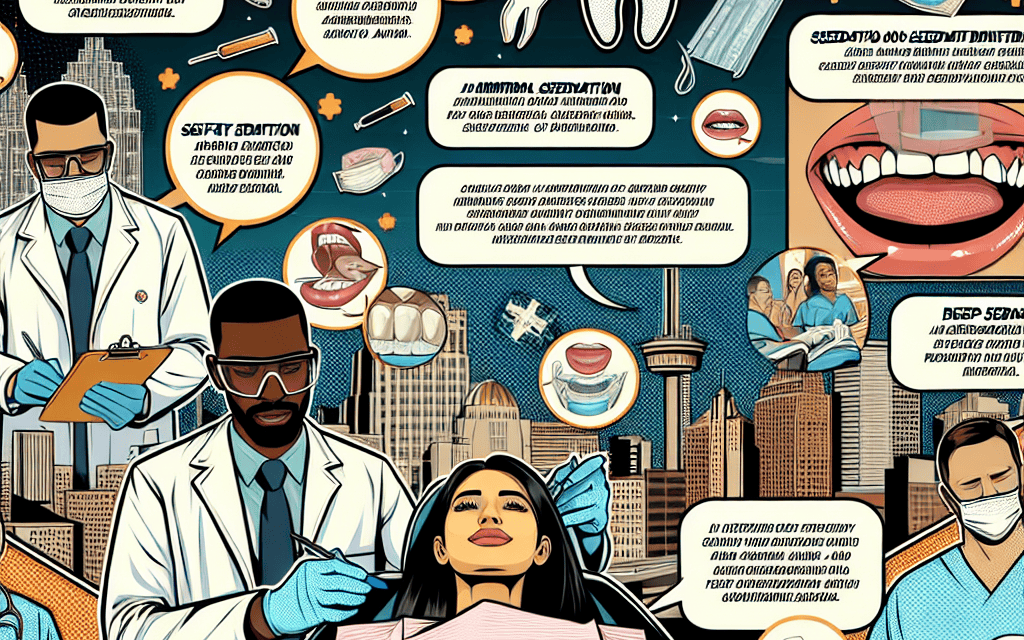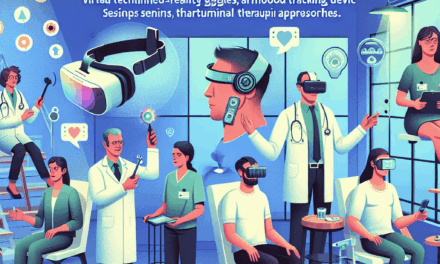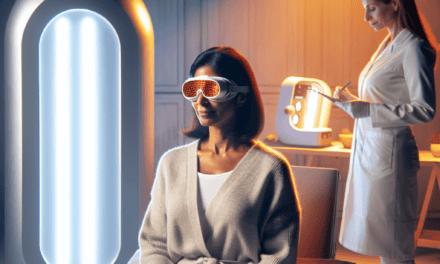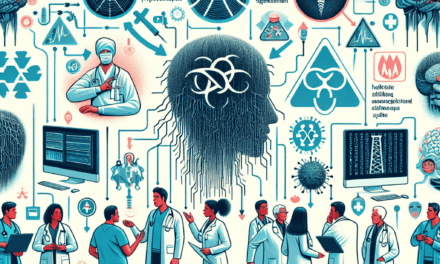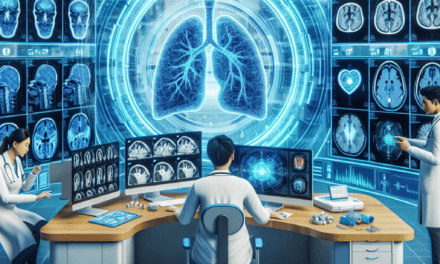Understanding Sedation Dentistry Safety: Essential Information for San Antonio Patients
Sedation dentistry has become an increasingly popular option for patients seeking dental care, particularly for those who experience anxiety or fear associated with dental procedures. In San Antonio, where the demand for comfortable and stress-free dental experiences is on the rise, understanding the safety protocols and practices surrounding sedation dentistry is crucial. This article aims to provide comprehensive insights into sedation dentistry safety, covering essential information that every patient should know.
1. What is Sedation Dentistry?
Sedation dentistry refers to the use of medication to help patients relax during dental procedures. It can be particularly beneficial for individuals who have dental anxiety, a low pain threshold, or a need for extensive dental work. There are various levels of sedation, ranging from minimal sedation, where patients are awake but relaxed, to general anesthesia, where patients are completely unconscious.
There are several types of sedation used in dentistry:
- Minimal Sedation: Patients are awake but relaxed. This is often achieved through inhalation of nitrous oxide (laughing gas).
- Moderate Sedation: Patients may slur their words and not remember much of the procedure. This can be administered orally or intravenously.
- Deep Sedation: Patients are on the edge of consciousness but can still be awakened. This is typically administered intravenously.
- General Anesthesia: Patients are completely unconscious and unaware of their surroundings. This is usually reserved for more complex procedures.
Understanding these levels of sedation is essential for patients to make informed decisions about their dental care. Each type of sedation has its own safety protocols and considerations, which will be discussed in detail in the following sections.
2. Safety Protocols in Sedation Dentistry
Safety is paramount in sedation dentistry. Dental professionals must adhere to strict guidelines and protocols to ensure the well-being of their patients. The American Dental Association (ADA) and the American Society of Anesthesiologists (ASA) provide comprehensive guidelines that dental practitioners must follow.
Key safety protocols include:
- Pre-Procedure Assessment: Before administering sedation, dentists conduct a thorough assessment of the patient’s medical history, current medications, and any allergies. This helps identify potential risks and tailor the sedation plan accordingly.
- Monitoring During the Procedure: Patients are continuously monitored throughout the procedure. This includes tracking vital signs such as heart rate, blood pressure, and oxygen saturation levels.
- Emergency Preparedness: Dental offices must be equipped with emergency equipment and medications, such as oxygen tanks and epinephrine, to address any adverse reactions that may occur during sedation.
- Post-Procedure Care: After the procedure, patients are monitored until they are fully awake and stable. Dentists provide clear post-operative instructions, especially regarding the effects of sedation.
In San Antonio, many dental practices prioritize safety by investing in advanced monitoring equipment and ensuring that their staff is trained in emergency response protocols. For instance, a local dental clinic may have a dedicated anesthesiologist on staff to oversee sedation procedures, further enhancing patient safety.
3. Risks and Complications of Sedation Dentistry
While sedation dentistry is generally safe, it is not without risks. Understanding these risks is crucial for patients considering sedation for their dental procedures. Some potential complications include:
- Respiratory Issues: Sedation can depress the respiratory system, leading to difficulty breathing. This is particularly concerning for patients with pre-existing respiratory conditions.
- Cardiovascular Complications: Sedation can affect heart rate and blood pressure. Patients with heart conditions may be at higher risk for complications.
- Allergic Reactions: Some patients may have allergic reactions to sedative medications, which can range from mild to severe.
- Over-Sedation: Administering too much sedative can lead to prolonged unconsciousness or respiratory failure.
To mitigate these risks, dental professionals in San Antonio often conduct comprehensive pre-operative evaluations. For example, a patient with a history of asthma may be advised to undergo a different type of sedation or to have additional monitoring during the procedure.
Statistics indicate that serious complications from sedation dentistry are rare, with studies showing that the incidence of adverse events is less than 1%. However, it is essential for patients to discuss their medical history and any concerns with their dentist to ensure a safe experience.
4. Choosing the Right Sedation Dentist in San Antonio
Choosing a qualified sedation dentist is crucial for ensuring a safe and comfortable experience. Patients should consider several factors when selecting a dental professional for sedation dentistry:
- Credentials and Training: Ensure that the dentist has received specialized training in sedation dentistry. Look for certifications from recognized organizations such as the American Dental Association or the American Society of Anesthesiologists.
- Experience: Inquire about the dentist’s experience with sedation procedures. A dentist who regularly performs sedation dentistry is likely to be more skilled and knowledgeable about potential complications.
- Facility Accreditation: Check if the dental practice is accredited by a recognized body. Accreditation ensures that the facility meets specific safety and quality standards.
- Patient Reviews: Read reviews and testimonials from other patients. Positive feedback can provide insight into the dentist’s approach to patient care and comfort.
In San Antonio, many dental practices offer consultations to discuss sedation options and address any concerns. For instance, a patient may visit a clinic that specializes in sedation dentistry and receive a personalized treatment plan based on their needs and preferences.
5. The Future of Sedation Dentistry
The field of sedation dentistry is continually evolving, with advancements in technology and techniques enhancing patient safety and comfort. Some emerging trends include:
- Virtual Reality (VR): Some dental practices are incorporating VR technology to help patients relax during procedures. By immersing patients in a calming virtual environment, dentists can reduce anxiety without relying solely on sedatives.
- Personalized Sedation Plans: Advances in genetic testing may allow dentists to tailor sedation plans based on individual patient responses to medications, improving safety and efficacy.
- Telehealth Consultations: The rise of telehealth has made it easier for patients to consult with dental professionals about sedation options from the comfort of their homes.
- Enhanced Monitoring Technologies: New monitoring devices are being developed to provide real-time data on patients’ vital signs, allowing for quicker responses to any changes during sedation.
As these trends continue to develop, patients in San Antonio can expect even safer and more comfortable sedation dentistry experiences. For example, a local dental practice may implement VR technology to help patients manage anxiety, leading to a more positive overall experience.
Conclusion
Understanding sedation dentistry safety is essential for patients in San Antonio seeking dental care. By being informed about the types of sedation available, safety protocols, potential risks, and how to choose the right sedation dentist, patients can make educated decisions about their dental health.
As the field of sedation dentistry continues to evolve, patients can look forward to enhanced safety measures and innovative techniques that prioritize their comfort and well-being. Whether you are dealing with dental anxiety or require extensive dental work, sedation dentistry can provide a solution that allows you to receive the care you need in a safe and supportive environment.
In summary, sedation dentistry offers a valuable option for many patients, but it is crucial to prioritize safety and choose a qualified professional. By understanding the key aspects of sedation dentistry, patients can approach their dental care with confidence and peace of mind.

